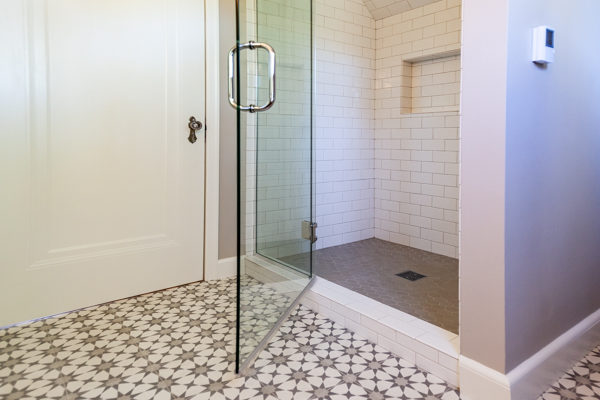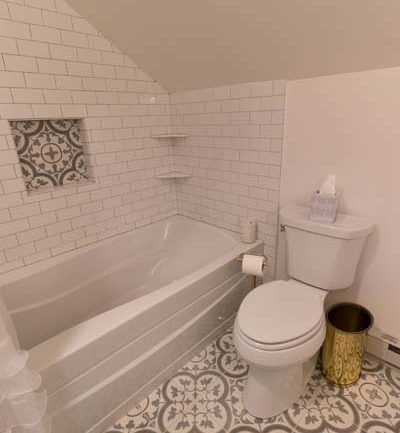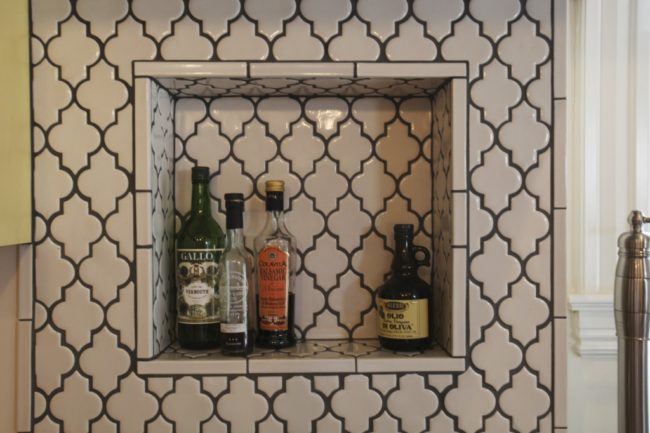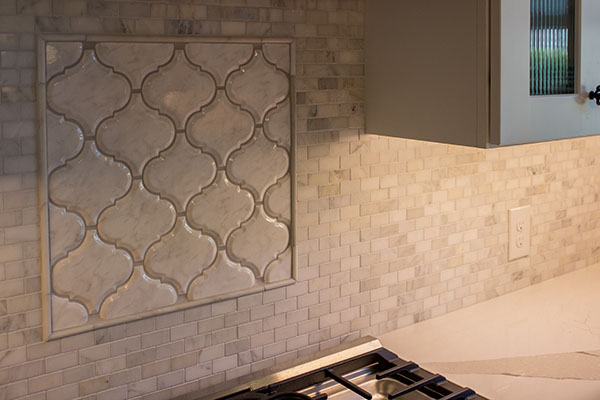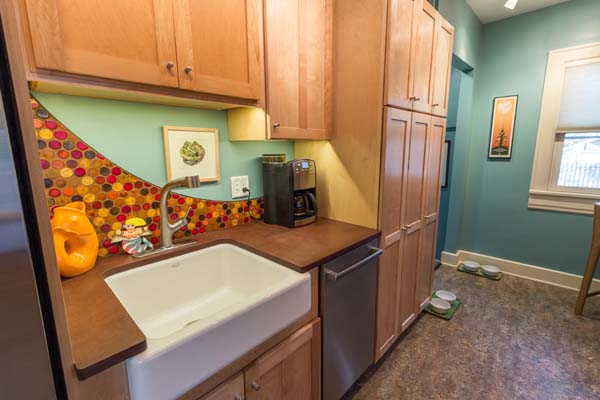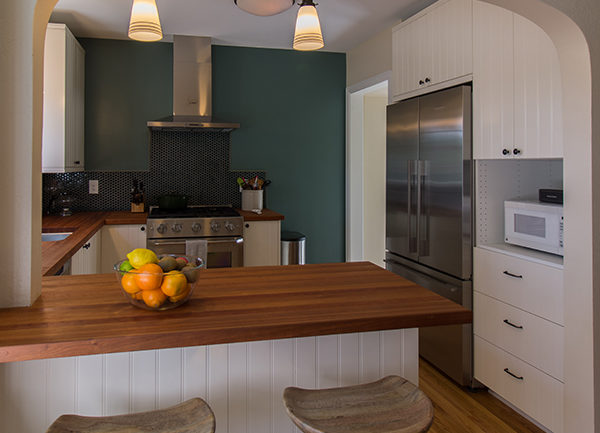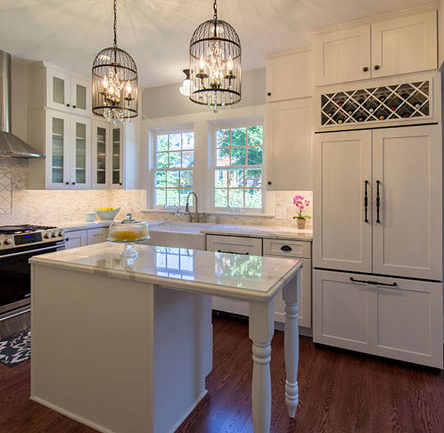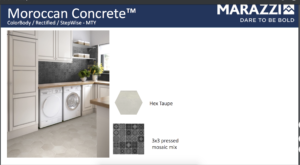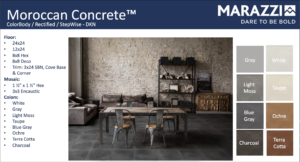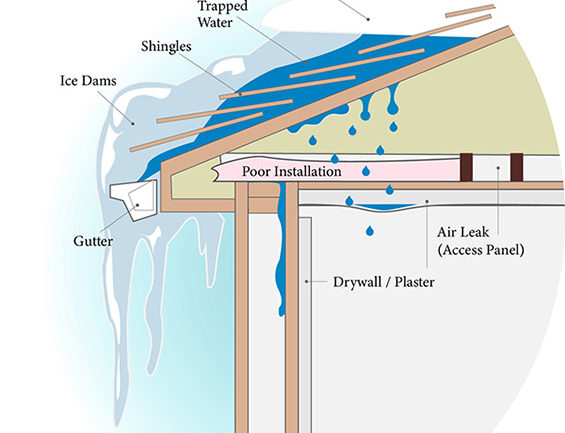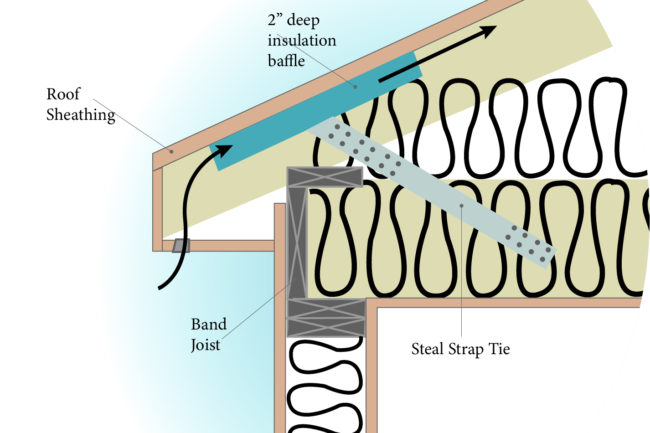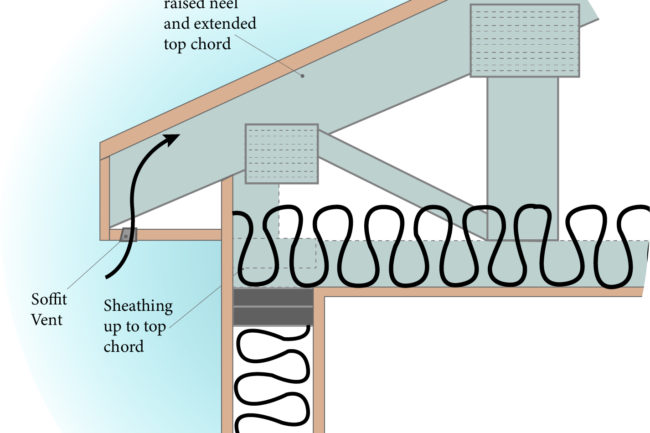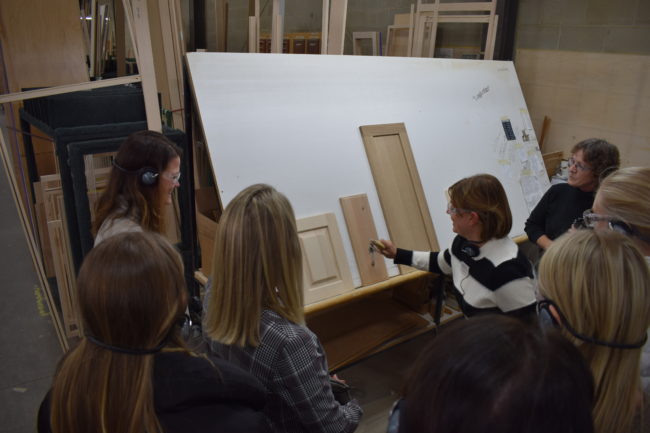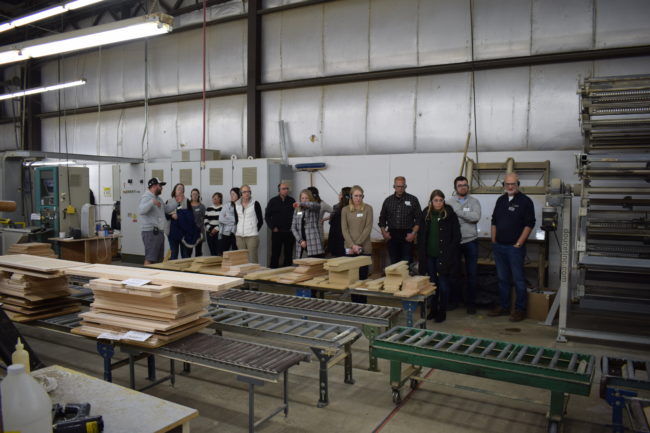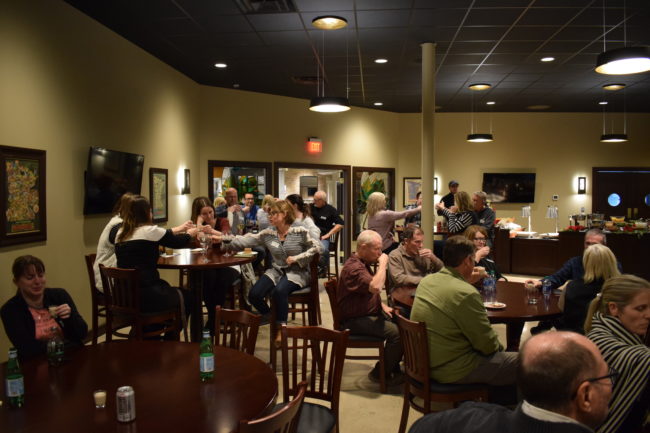COVID-19: Castle’s Plan of Action
Updated: Tuesday, May 13, 2021
Castle continues to follow the guidelines set by the CDC in helping to prevent the spread of COVID-19. We are proud to reward any full time staff member with a $25 gift card when they turn in a copy of their vaccination card.
We still have the same practices in place listed below to help keep our staff and clients safe and healthy.
Our events have continued to be virtual. This fall we will be hosting our annual fall educational home tour with safety measures in place. This year will be scaled back with less homes than we’ve normally had on tour. We will also be keeping the tour to one showroom region, and will rotate where the tour is hosted annually. This scaled down version will allow attendees to not have to travel as far, be able to see all the homes on tour, and require less weekend staffing hours for our team. While we have loved the grander tours we’ve hosted in the past, we’re hoping this more intimate approach will allow for an easier flow for all. To keep up with the 2021 home tour updates, head to our website to stay up to date. We will also be maintaining our edu classes / Impressive Progressive tours virtually on our YouTube channel.
Updated Monday, June 1, 2020:
All events will officially move to a virtual platform. Our annual fall home tour is cancelled this year and we hope to return in person next year. Please follow our Impressive Progressive page for up to date information about our virtual events.
Updated: Monday, March 23, 2020
We are open for business and plan to take precautions to help avoid the spread of COVID-19, also known as the corona virus.
In the past few days this global pandemic has gripped the nation as we come to terms with how this outbreak will affect our lives for the coming weeks and months. To summarize the issue: There is a severe lack of tests and no clarity on the extent of spread. There are probably many more cases than reported because there aren’t enough tests. The country now must cancel large events and gatherings and move towards social isolation and a quarantine as the only option remaining to slow the spread and not overwhelm our healthcare system. Small groups and one on one interaction is still considered safe so long as those individuals are healthy and have take precautions to avoid interacting with those infected or large crowds.
Here are additional steps Castle Building & Remodeling is taking to do our part in this national crisis to protect employee health and the health of our clients:
- We have shared hygiene and sanitary best practices with all employees and strongly encouraged them stay home if they are sick and use the paid sick leave provided.
- We ask all clients who have projects in progress to let us know if they have health concerns or have chosen to self-quarantine in their home. If needed we will delay the project and don’t want to put employees at risk.
- All Showroom hours will be suspended. Showrooms won’t be open for public drop-ins until further notice.
- Our employees will work from home unless necessary to meet with co-workers or clients. The sale team will use technology to complete virtual client meetings and utilize email and web services as much as desired.
- Cancellation of the April scheduled Impressive Progressive. July Impressive Progressive will go on as planned.
- All in person staff meetings have been cancelled, meeting virtually until further notice.
- Thorough cleaning of ProHQ offices and continued regular cleanings of all showrooms. Efforts listed for job sites will be applied to work spaces as deemed appropriate.
- Efforts being made at each job site:
-
- We will wipe the door knobs, light switches, shared bath surfaces (faucet handles, countertop, toilet handles) with Clorox wipes (or spray) each morning and at end of day on job sites.
- We will wash hands when entering jobsite in morning, before and after lunch/breaks, and when leaving job site end of day. Project manager will designate which sink our workers can use (approved by client)/have paper towels there, or provide alcohol based hand sanitizer.
- We will not share the same tools with other workers throughout the day as best we can, but if we must they will be frequently wiped down.
- We will be using separate entrances to the work space than the entrance that homeowners use if possible and potentially more dust barriers/zip walls than normal. . i.e. we use back door if work area is in back and clients then use the front door.
- We will be scheduling jobs so that trades are not on top of each other and therefore exposure limited as much as possible.
- Keeping a 6’ distance from others. Easier said than done with some tasks, but something we are being mindful of.
- Masks/gloves/booties – We will wear them if you have them.
- Clients and workers may start seeing port a johns on jobsites to try and keep client and worker restroom spaces separate.
-
We believe that continuing our operations under these restricted operational guidelines is in line with doing our part in this national crisis to protect employee health and the health of our clients. Please let us know if you have questions or concerns.
To stay up to date on all thing COVID-19, please refer to the CDC’s website.
If you or a loved one are struggling with mental health during these difficult times reach out to a medical professional. Create a welcoming support team around you and consider checkout this guide about guarding mental health during the COVID-19 pandemic.
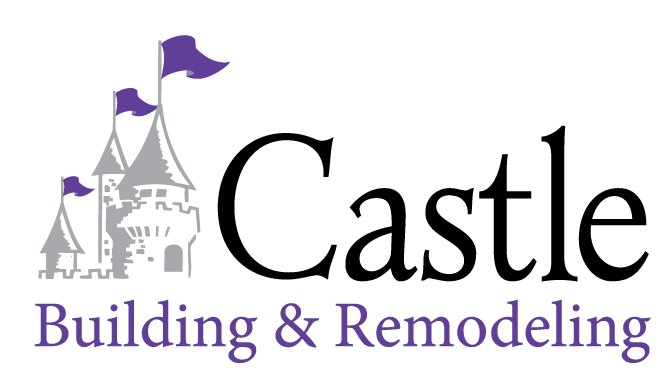
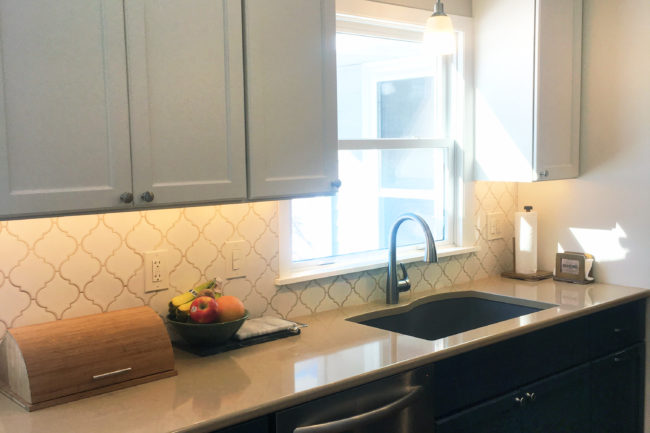
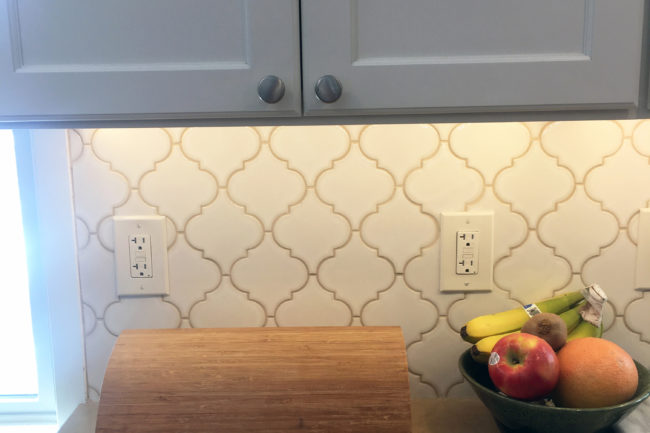

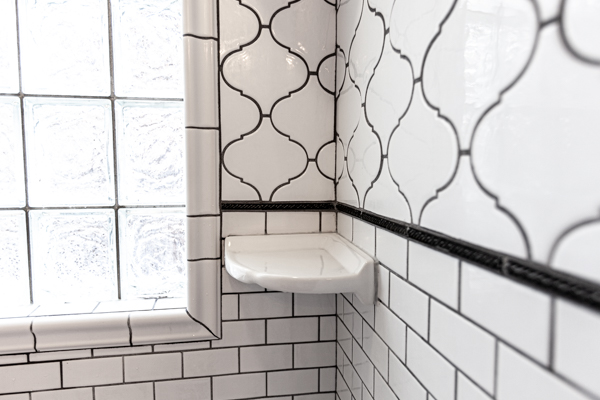
![Project-2297-2-kitchen-1st-floor-addition-ne-Minneapolis-LR-13[1]](https://www.castlebri.com/wp-content/uploads/Project-2297-2-kitchen-1st-floor-addition-ne-Minneapolis-LR-131-600x433.jpg)
